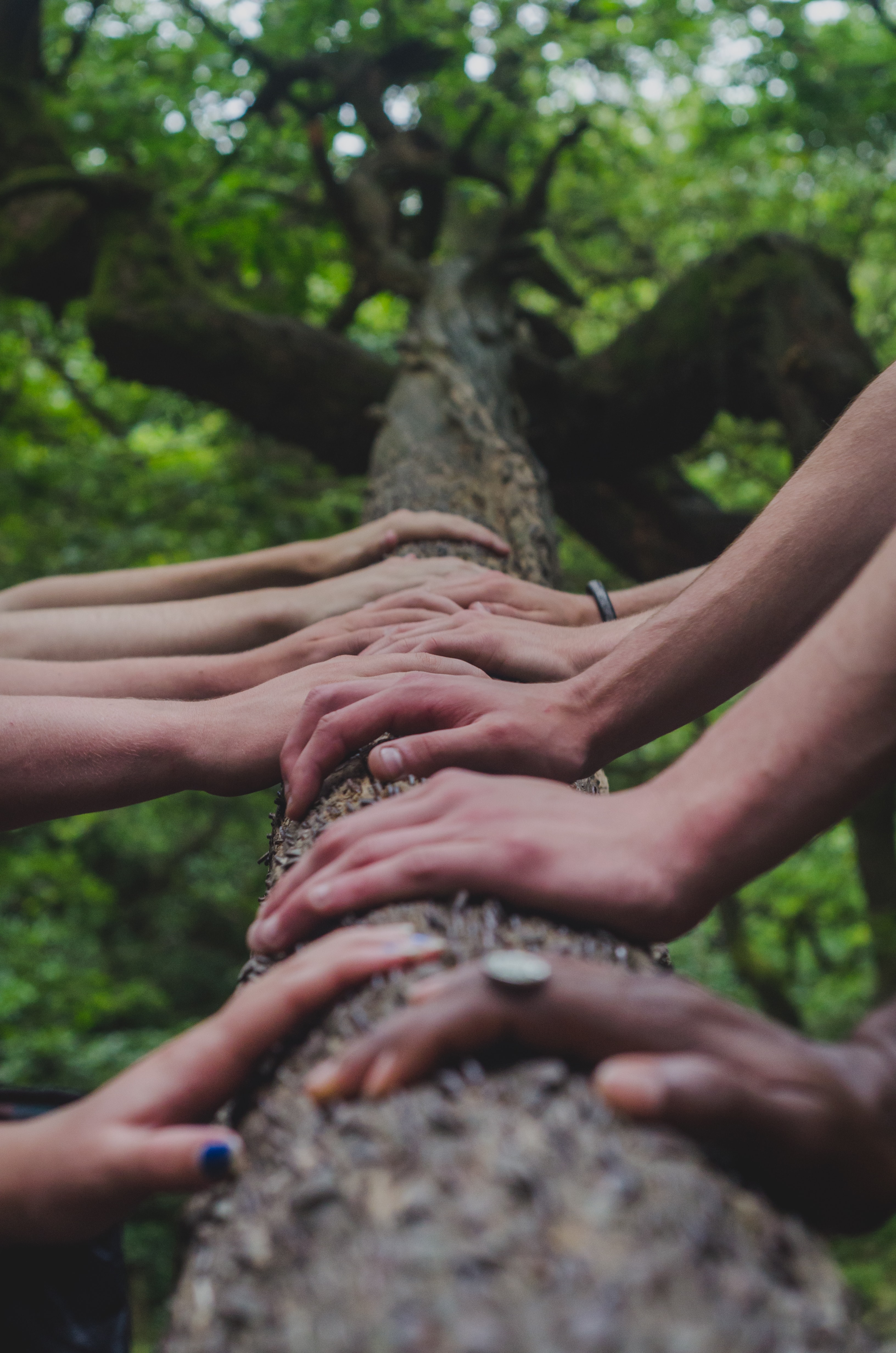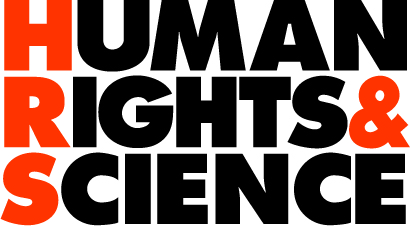Ideal customer hypothesis
HR&S has a value proposition that matches the needs of four main customer segments; i) the academic sector in SSA, ii) social entrepreneurs in SSA, iii) the local governments, other local regulatory bodies, the development & private sector, and iv) supporters, philanthropic organisations, and other firms with an over-lapping mission.
After a thorough evaluation in order to identify the HR&S ideal customer combined with customer surveys, performed by HR&S, Action10, and the RISE Centres, HR&S has diversified its four main customer segments into; full buyers, medium buyers, and small buyers, related to the customer segment’s expected capacity to pay for the cost of the service.
Four main customer segments
- Academic institutions in Sub-Sahara Africa
seeking to empower their research management and laboratory management strategies.- Academic institution top & middle management.
- Active researchers and technicians.
- Ministry and national institutions related to research.
- Private sector seeking innovations.
- Social entrepreneurs in Sub-Sahara Africa
with a profitable business that would benefit from starting or scaling.- RISE Centre members.
- Other social entrepreneurs with the potential to scale.
- Development institutions & private sector
targeting scientific researchers, innovators, and social entrepreneurs in Sub-Sahara Africa.- Development Institutions – traditional Aid.
- Development Institutions – business support.
- Development Institutions – research support.
- Local & international NGOs.
- Manufacturers & Suppliers of scientific equipment.
- The foreign and local private sector.
- Supporters
of Sub-Sahara African scientific researchers, innovators, and social entrepreneurs.- Action10 monthly givers and crowd-funding.
- Crowd-funding platforms for business.
- Major givers.
- HR&S Shop customers.
Buyers & Beneficiaries
Among the HR&S customers we distinguishes between i) full buyers, ii) medium buyers and iii) beneficiary buyers. The Medium buyers are often located in our target countries and are the target group of our marketing strategy. These stakeholders also acts as entrypoints to the Full Buyers. The reason is that not all of the HR&S customers do have the capacity to pay the full price, but as HR&S is a social businesses, these people are still important customers. Instead of giving products and services for free to beneficiary buyers, in order to stay out of the Aid sector loop, we set price according to the payment capacity of the buyers. This has the benefit of filtering out stakeholders who have money as motivation. In addition, beneficiary buyers can be many and the group financial contribution can be to some extent meaningful.
FULL BUYERS
WITH POTENTIAL TO PAY THE FULL PRICE
- National development institutions
- Ministry and national institution related to development or research
- International development Institutions
- Business support within the Aid sector
- Research support within the Aid sector
- Traditional Aid; charities, Sida main-stream, Swedish embassies.
- Private sector
- Manufacturers & Suppliers of scientific equipment
- Foreign and local private sector, other, R&D
- People & institutions seeking knowledge
MEDIUM BUYERS
WITH POTENTIAL TO PAY AROUND HALF OF THE PRICES
- Academic institutions in SSA
- Top & middle management Research
- Top & middle management Laboratories
- Private sector in SSA
- Laboratories
- NGOs in SSA
BENEFICIARY BUYERS
CAN ONLY CONTRIBUTE SMALL TO THE FULL PRICE
- Researcher & technicians in SSA
- Social entrepreneurs in SSA
- RISE Centre members
- Supporters
- ActionInvest, monthly givers and crowd-funding – Action10
- Crowd-funding platforms for business
- Major givers – private or institutions
- HR&S Shop customers

Strategic partners
Development institutions & private sector targeting scientific researchers, innovators, and social entrepreneurs in Sub-Sahara Africa.
Development Institutions – traditional Aid
Development Institutions – business support
Development Institutions – research support
The World Academy of Sciences The World Academy of Sciences for the advancement of science in developing countries (TWAS) works to support sustainable prosperity through research, education, policy and diplomacy. TWAS is a global science academy based in Trieste, Italy. The mission is to i) Recognise, support and promote excellence in scientific research in the developing world, ii) Respond to the needs of young scientists in countries that are lagging in science and technology; iii) Promote South-South and South-North cooperation in science, technology and innovation, iv) Encourage scientific research and sharing of experiences in solving major problems facing developing countries. The Academy distributes more than USD 1 million in research grants every year to individual scientists and research groups. It supports visiting scientists and provides funding for regional and international scientific meetings. The Secretariat is headed by an executive director and is located on the campus of the Abdus Salam International Centre for Theoretical Physics (ICTP) in Trieste. TWAS is a programme unit within UNESCO. https://twas.org/
The InterAcademy Partnership (IAP) brings together three renowned global networks of academies of science and medicine, representing some 140 academies worldwide. Two of these networks, ‘IAP for Science’ (formerly IAP – the global network of science academies) and ‘IAP for Health’ (formerly the InterAcademy Medical Panel) are hosted by TWAS in Trieste. IAP provides high-quality independent information and advice on science, health and development to national and international policymakers and the public; supports programmes on scientific capacity-building, education and communication; leads efforts to expand international science cooperation, and promotes the involvement of women and young scientists in all its activities.
The Organization for Women in Science for the Developing World The Organization for Women in Science for the Developing World (OWSD) is an international organisation based at the offices of The World Academy of Sciences (TWAS), in Trieste, Italy. It is a programme unit of UNESCO. OWSD is the first international forum to unite eminent women scientists from the developing and developed worlds with the objective of strengthening their role in the development process and promoting their representation in scientific and technological leadership. OWSD provides research training, career development and networking opportunities for women scientists throughout the developing world at different stages in their careers. https://owsd.net
Local & international NGOs
Manufacturers & Suppliers of scientific equipment
The foreign, local & international private sector
Kwanda Kwanda acts as an allocator of capital into Black communities in Sub-Saharan Africa, Europe, North America, The Caribbean, South America and beyond. The regional focus begins in Sub-Saharan Africa and expands outwards in said order. Kwanda is not a charity but has a non-profit structure only to assure capital is re-invested into communities and does not end up in the pockets of shareholders. Kwanda has two modes of investment: i) Social investment; investments into community development with no expectation of a capital return e.g. investing in the building of a school, ii) Economic investment; Investments made with the expectation of a capital return which will, in turn, facilitate more social investment. Kwanda currently has two primary activities: i) Providing funding to grassroots organisations, groups or individuals doing community development work, and ii) investing in projects and infrastructure which lead to sustainable improvements in communities. Kwanda focuses on social investments in the following areas; i) Health- Access to quality healthcare, community care, mental health, etc, ii) Education – School resourcing, online education, community schooling, etc., iii) Infrastructure – Clean water, technology, renewable energy, community hubs etc., iv) Job creation – Youth unemployment, training, global job market insertion, etc., v) Relief – Poverty relief, food scarcity, community security, etc. Kwanda is a company registered in England. https://kwanda.co/
Novarum Talarförmedling operates in Sweden and links speakers with their audiences.
FULL BUYERS
WITH POTENTIAL TO PAY THE FULL PRICE
- National development institutions
- Ministry and national institution related to development or research
- International development Institutions
- Business support within the Aid sector
- Research support within the Aid sector
- Traditional Aid; charities, Sida main-stream, Swedish embassies.
- Private sector
- Manufacturers & Suppliers of scientific equipment
- Foreign and local private sector, other, R&D
- People & institutions seeking knowledge
MEDIUM BUYERS
WITH POTENTIAL TO PAY AROUND HALF OF THE PRICES
- Academic institutions in SSA
- Top & middle management Research
- Top & middle management Laboratories
- Private sector in SSA
- Laboratories
- NGOs in SSA
BENEFICIARY BUYERS
CAN ONLY CONTRIBUTE SMALL TO THE FULL PRICE
- Researcher & technicians in SSA
- Social entrepreneurs in SSA
- RISE Centre members
- Supporters
- ActionInvest, monthly givers and crowd-funding – Action10
- Crowd-funding platforms for business
- Major givers – private or institutions
- HR&S Shop customers

AfCFTA
January 1, 2021 is a historic day for free trade agreements. The trading phase under the African Continental Free Trade Area (AfCFTA), signed by 54 of the 55 countries in Africa, is set to begin; Eritrea has not yet joined. Thirty-four of those countries have ratified it as of early December. “We want to move Africa away from this colonial economic model of perpetually being an exporter of primary commodities for processing elsewhere,” the trade bloc’s secretariat Wamkele Mene told the Financial Times. “We want to stop approaching tariffs as a tool for revenue. We want tariffs to be a tool for industrial development.” Africa has historically had low internal trade. In 2017, intra-African exports were 16.6% of total exports, compared with 68% in Europe, and 59% in Asia. In brief, AfCFTA will create a single market for goods and services. The trade agreement, which will cover a market consisting of 1.2 billion people and a combined GDP of $3 trillion. The largest free trade area since the development of the World Trade Organization, by number of participating countries.
The deal could help to realise more than $84 billion in untapped intra-African exports, according to a new report by the African Export-Import Bank (Afreximbank). AfCFTA has the potential to increase intra-African trade by over 50%, according to the UN Economic Commission for Africa.The agreement will work towards a continental customs union; eliminate tariffs on 90% of intra-Africa goods; aid in the movement of capital and people between countries; facilitate external investment; and reduce non-tariff barriers, like the time it takes goods to pass through customs. By giving a boost to intra-regional trade in manufacturing, AfCFTA is also expected to increase employment opportunities. Challenges include lack of modern and efficient infrastructure, unclear information about processes, barriers for women-led businesses, and the economic destruction brought on by Covid-19 that could reverse years of progress in the region. Some also fear that large economic gains made in the diverse economies will be unequally distributed.
Business Call to Action (BCtA)
HR&S seeks to contribute to sustainable growth in a global market. Ours and our programme manager partners’ operations are based on innovative products or services and are scalable. We give great importance to social good and sustainability, and therefore the company’s operations must be able to contribute to the UN’s Sustainable Development Goals (SDG) according to Agenda 2030 [1]
Sustainability and social good are about social, economic, and also environmental aspects and their impact on society and the environment. Thus a social and sustainable business model must ensure that the positive effects in the model exceed the possible negative effects on society and possibly the environment. Innovations are crucial for achieving the UN’s sustainability goals in Agenda 2030. The more innovations based on sustainable business ideas, the greater the chance that we will jointly come closer to the goals for Agenda 2030.
As one step in this direction, we follow the Business Call to Action (BCtA). BCtA aims to accelerate progress towards the Sustainable Development Goals (SDGs) by challenging companies to develop inclusive business models that engage people with less than US$10 per day in purchasing power in 2015 US dollars – as consumers, producers, suppliers, distributors of goods and services, and employees.
[1] http://www.undp.org/content/undp/en/home/sustainable-development-goals.html.
Foundations in the USA
- MacArthur Foundation
- Rockefeller foundation
- Carnegie Foundation
